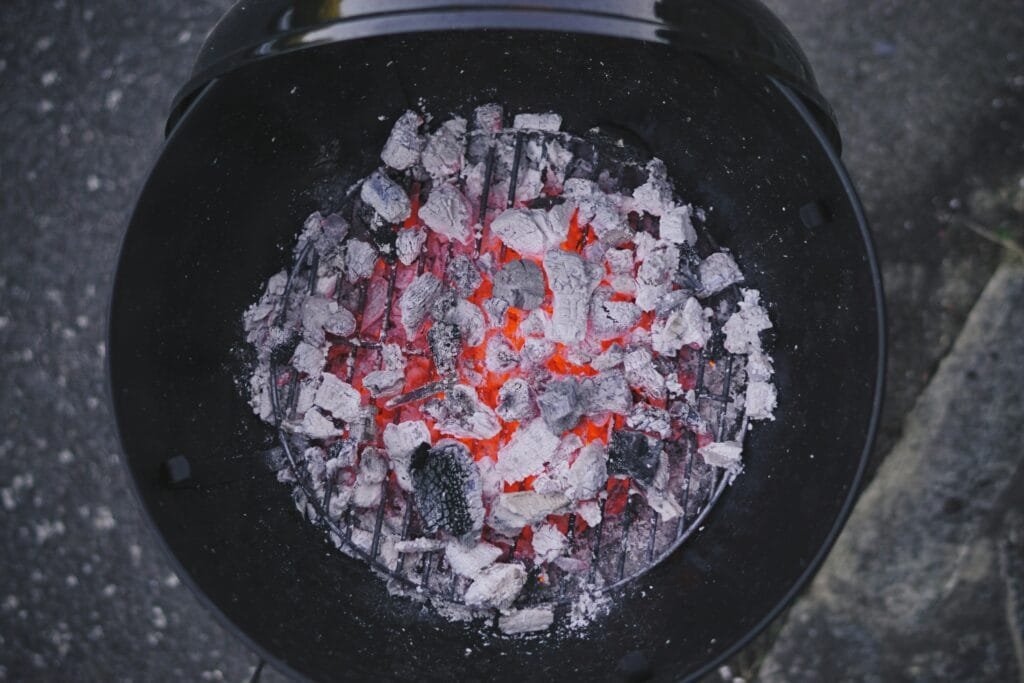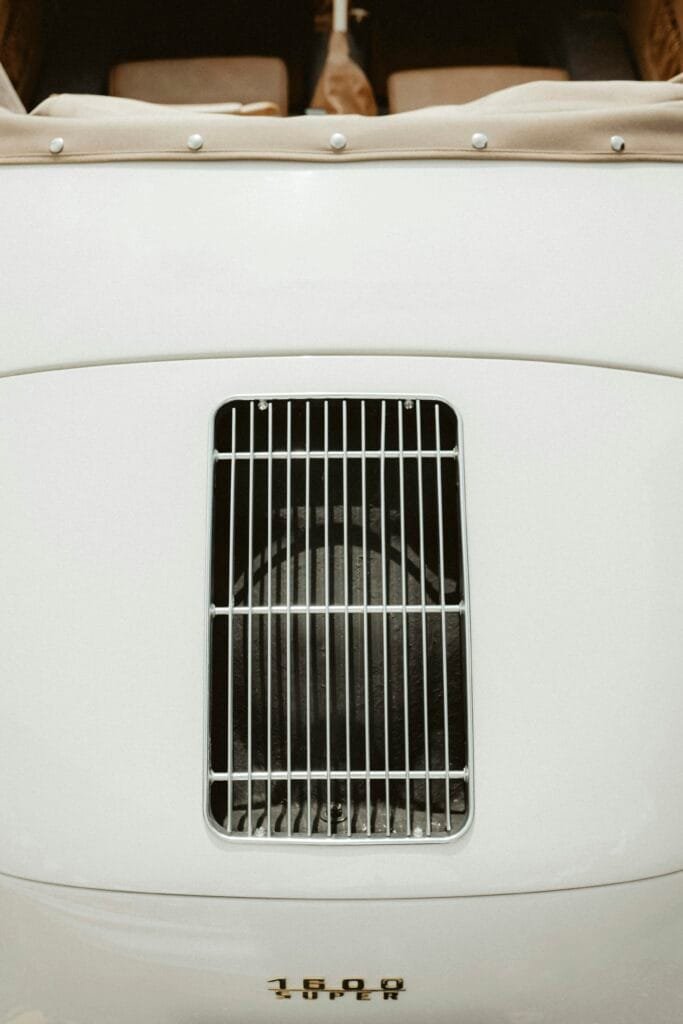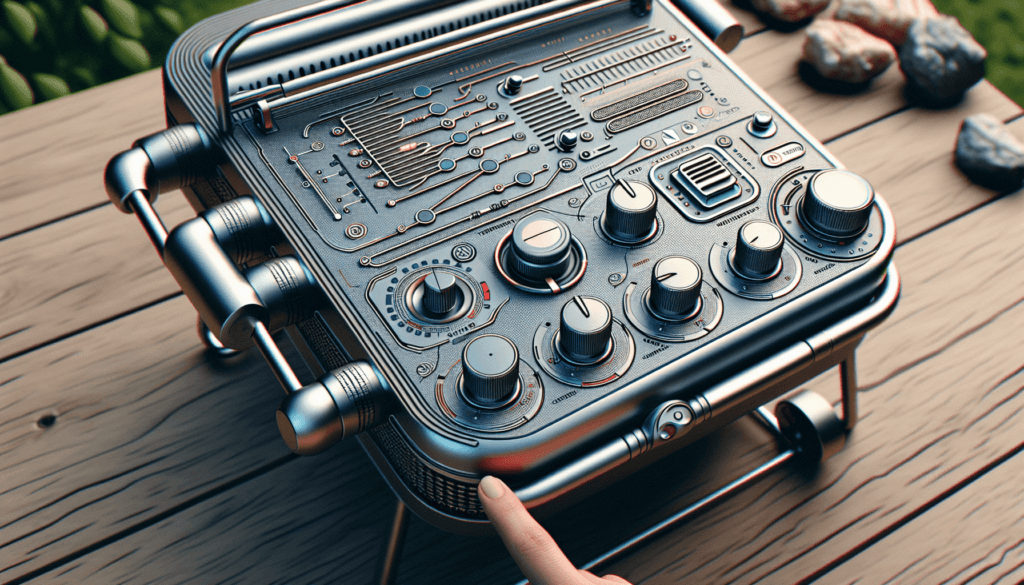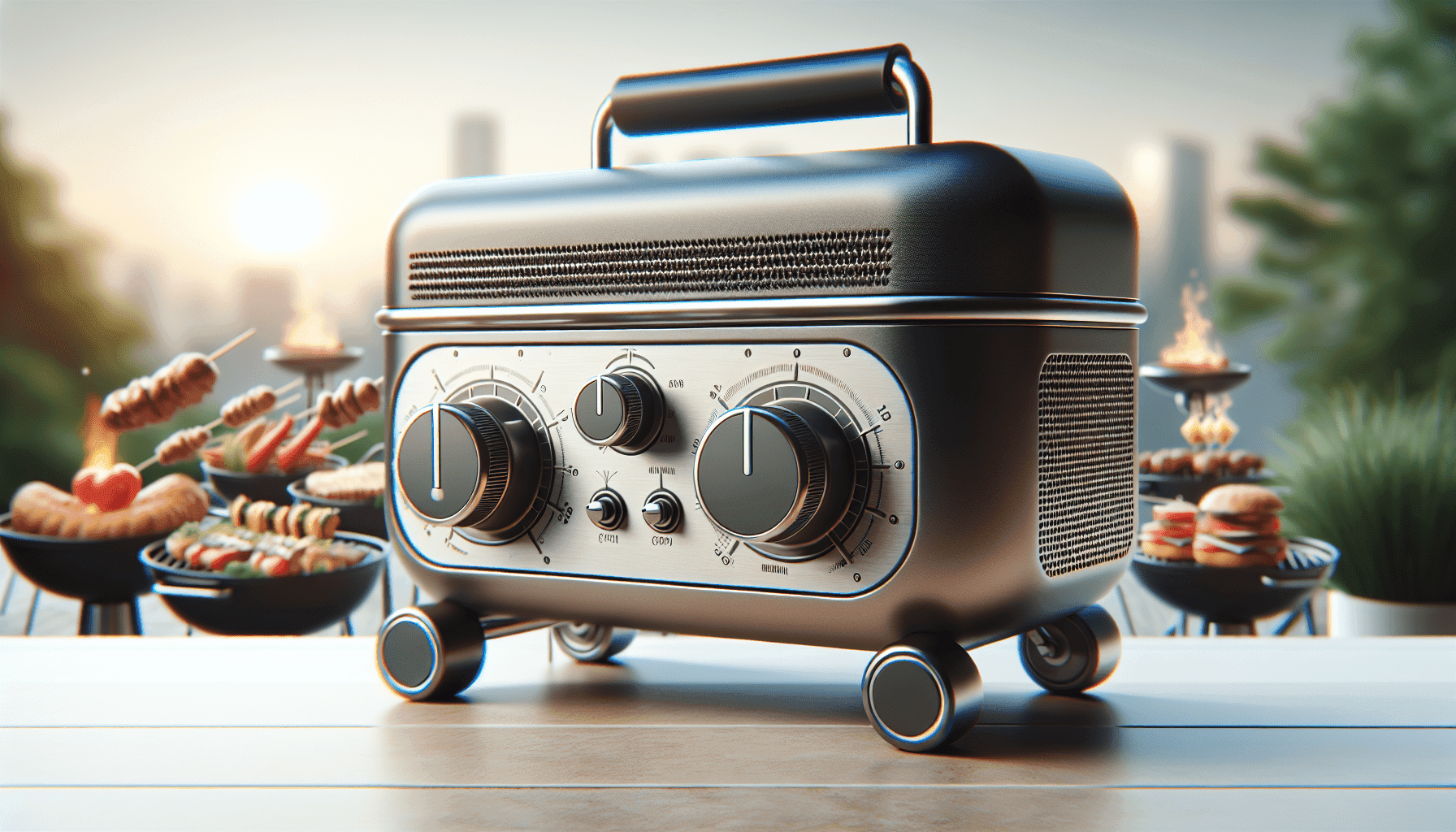Have you ever wondered how a portable grill manages to give you the perfect grill marks on your steak or keep that chicken breast from burning? The key lies in its temperature control mechanism. Understanding how this works not only helps you marvel at engineering but can also aid you in making better use of your portable grill, ensuring your meals are cooked to perfection.
Understanding Temperature Control
A portable grill’s temperature control mechanism is a sophisticated yet straightforward system designed to regulate the heat level within the grill. By tweaking this system, you can get precise cooking temperatures, making it ideal for various recipes. But how exactly does this small device control such a wide range of temperatures?
The Basics of Temperature Control
At its core, temperature control revolves around two elements: heat production and heat retention. A variety of components work together to ensure you get an even and consistent cooking environment.
Types of Portable Grills
There are several types of portable grills, each with its temperature control mechanisms:
- Charcoal Grills
- Gas Grills
- Electric Grills
Let’s break these down to understand the unique temperature control systems each type employs.
Charcoal Grills
Charcoal grills are beloved for the smoky flavor they impart to food. These grills have a rather manual and straightforward approach to temperature control.
Air Vents
One of the primary ways to control temperature in a charcoal grill is through air vents. These vents at the top and bottom of the grill can be adjusted to control the flow of oxygen to the burning charcoal.
| Vent Position | Temperature Effect |
|---|---|
| Fully open | Maximum airflow leads to higher temperatures |
| Partially closed | Reduced airflow leads to moderate temperatures |
| Fully closed | Minimal airflow, lowers the temperature significantly |
Opening the vents increases the oxygen supply, making the charcoal burn hotter. Conversely, closing the vents will reduce the oxygen, making the charcoals burn cooler.
Charcoal Arrangement
Another method of controlling the temperature is by the arrangement of charcoal itself. By creating different charcoal zones, you can have a high-heat section and a lower-heat section on the same grill.
| Charcoal Arrangement | Heat Distribution |
|---|---|
| Spread out evenly | Uniform heat distribution |
| Piled on one side | High heat on one side, low on the other |

Gas Grills
Gas Grills offer superior control over temperature because you can adjust the burner knobs much like a stove.
Burner Knobs
The main feature of a gas grill’s temperature control system is the burner knobs connected to gas valves.
| Knob Position | Temperature Effect |
|---|---|
| High | Maximum gas flow leads to higher temperatures |
| Medium | Moderate gas flow for medium temperatures |
| Low | Minimum gas flow for lower temperatures |
By turning these knobs, you control the gas flow to the burners, which in turn adjusts the heat level.
Built-In Thermometer
Most gas grills come with a built-in thermometer on the lid, providing real-time feedback on the internal temperature. This allows you to make minor adjustments and ensure precise cooking.
Zone Cooking
Similar to charcoal grills, gas grills also support zone cooking, where you can have different burners at different settings.
| Burner Setting | Heat Zone Description |
|---|---|
| High | Searing and high-temperature cooking zone |
| Low | Slow-cook and indirect heating zone |
Electric Grills
Electric grills are the most user-friendly in terms of temperature control, often featuring digital temperature settings for straightforward use.
Digital Controls
Electric grills often come equipped with digital controls that allow for precise temperature settings. This ensures your grill stays at the exact temperature needed.
| Temperature Setting | Use Case |
|---|---|
| Low (200°F – 250°F) | Slow cooking, smoking, or maintaining warmth |
| Medium (300°F – 375°F) | Grilling vegetables, fish, or poultry |
| High (400°F and above) | Searing meat, grilling thick cuts |
Thermostats
Many electric grills also have thermostats that continuously measure and adjust the temperature by toggling the heating elements on and off. This helps maintain a consistent cooking environment.
Infrared Technology
Some modern electric grills employ infrared technology to heat the cooking area, providing more even heat distribution and reducing cooking times.
| Feature | Benefit |
|---|---|
| Infrared Heating | Even heat distribution, quick cooking |
| Consistent Temperature | Eliminates hot and cold spots |

Additional Features in High-End Models
Built-In Probes
High-end portable grills may include built-in probes that monitor the internal temperature of the food, providing real-time data that links to digital controls.
| Monitoring Aspect | Benefit |
|---|---|
| Internal Temperature | Ensures food is cooked to the desired doneness |
| External Temperature | Maintains consistent grill temperature |
Wi-Fi Enabled Controls
Some advanced portable grills offer Wi-Fi-enabled controls, allowing you to adjust the temperature from your smartphone. This feature adds an extra layer of convenience and precision.
| Wi-Fi Control | Benefit |
|---|---|
| Remote Access | Control grill temperature from anywhere |
| Alerts | Receive notifications when food reaches set temperature |
Practical Tips for Temperature Control
Preheat Your Grill
Always preheat your grill before placing food on it. This helps in achieving a uniform cooking temperature.
Use a Digital Thermometer
Regardless of the type of grill you are using, a good practice is to use a digital thermometer to keep track of the temperature accurately.
Keep the Lid Closed
Keeping the lid closed while cooking helps retain heat, providing a more consistent grilling environment.
Adjust Based on Wind and Weather
Outdoor conditions can affect your grill’s temperature. A windy day can make it harder to maintain a steady temperature, while a very hot day can make your grill run hotter than usual.
| Weather Condition | Adjustment Needed |
|---|---|
| Windy | Close vents partially, monitor frequently |
| Hot and sunny | Lower burner settings or reduce charcoal |

Troubleshooting Common Issues
Sometimes, things don’t go as planned despite your best efforts. Here are some common temperature control issues you might face and how to fix them.
Flare-Ups
Flare-ups can quickly escalate into a fire hazard. They are often caused by dripping fats hitting the heat source.
Solution: Keep a spray bottle of water handy to douse small flare-ups. For charcoal grills, rearrange the coals; for gas grills, reduce the gas flow.
Uneven Cooking
Uneven cooking is when one part of your food cooks faster or slower than another.
Solution: Check your burners or charcoal arrangement. Also, consider rotating your food periodically to ensure even cooking.
Grill Doesn’t Heat Up Enough
If your grill isn’t reaching the desired temperature, there might be various reasons depending on the type of grill.
| Grill Type | Possible Issue | Solution |
|---|---|---|
| Charcoal | Insufficient charcoal, air vents blocked | Add more charcoal, clean vents |
| Gas | Empty gas tank, clogged burner ports | Refill tank, clear burner ports |
| Electric | Faulty thermostat, inadequate power supply | Check thermostat, ensure adequate power |
Conclusion
Understanding how a portable grill’s temperature control mechanism works can significantly enhance your grilling experience. Whether you are using a charcoal, gas, or electric grill, the principles of heat production and retention are universal. Adjusting air vents, burner knobs, or digital controls can help you achieve the perfect cooking environment for any meal you desire. So next time you fire up your portable grill, you’ll know exactly how to control that heat to cook like a pro.


